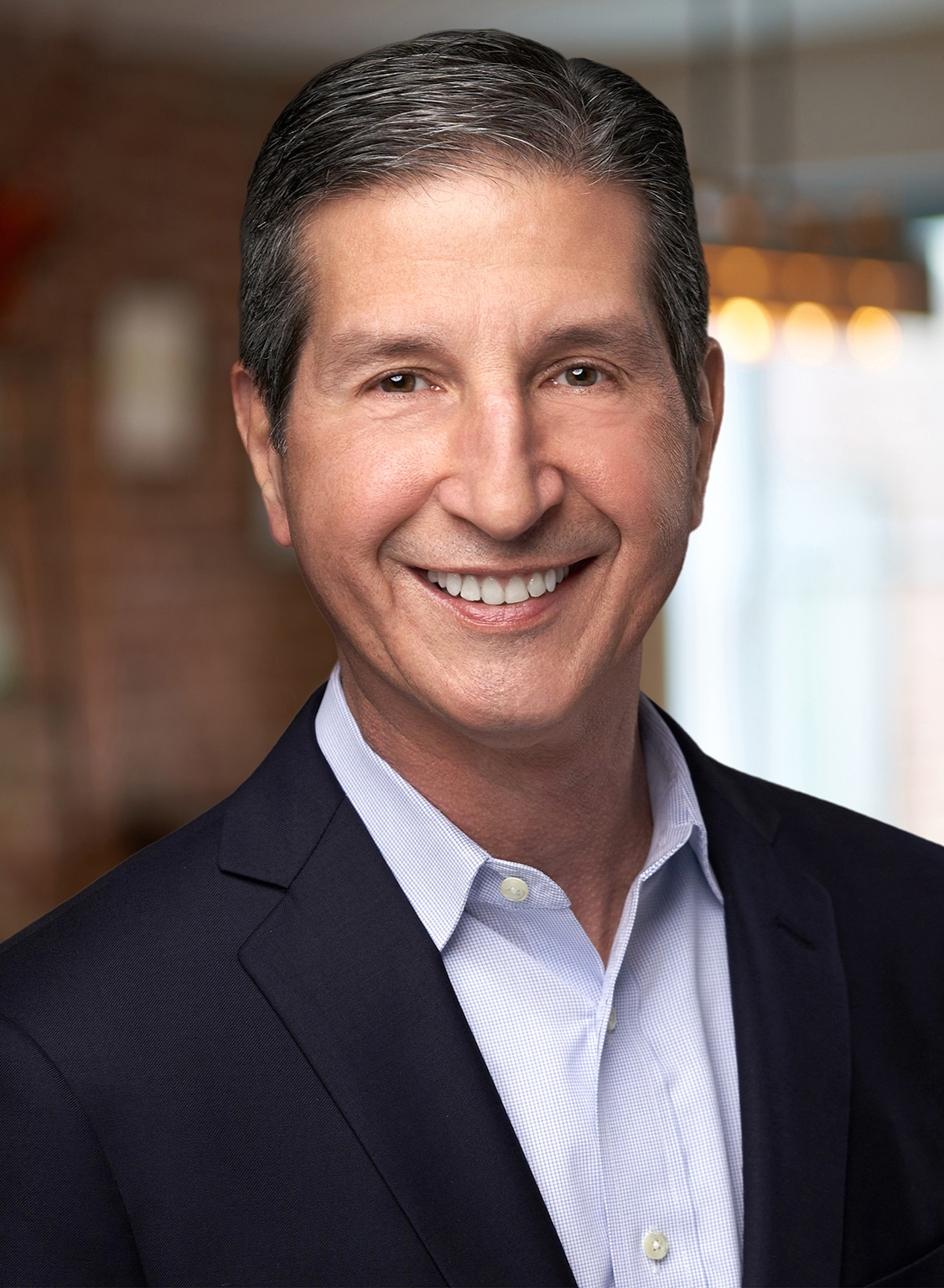How CEOs Can Lead Ethical AI Adoption to Protect Trust and Talent
- John LaMancuso

- Sep 18
- 3 min read
AI is no longer a side experiment; it is front and center in business strategy, and CEOs know they need to adopt it to stay competitive. But rushing in without a plan comes at a cost. Mishandled AI can damage employee trust, drive away customers, and invite compliance problems.
Leading ethical adoption is not a “nice to have.” It is the difference between AI that strengthens your company and AI that weakens it, and it starts at the top.
Set Guardrails Before You Scale
The biggest mistake I see is companies rolling out AI without clear boundaries. Employees need to know where AI belongs, where it does not, and who is responsible when something goes wrong.
That starts with principles tied directly to your values. A company that prides itself on transparency should make explainability a requirement for every AI tool, and should not rely on black boxes. Further, it should lead with robust security and compliance policies that hold it to the highest standards. Policies like these prevent AI from operating in the dark and make it clear that the company uses AI with intention, not just because it can.
Invest in Talent, Not Just Technology
When AI shows up, employees worry about their jobs. If leaders ignore that fear, adoption stalls. The way to move forward is to prove that AI is here to make people more valuable, not replace them.
That means reskilling and upskilling. A customer service team using AI chatbots should be trained to take on complex issues where empathy and experience matter. For instance, a tax team using AI for compliance work can now focus on analysis and strategy with their newly freed time. The pattern is the same across industries: let AI handle the mind-numbing, repetitive work, and give employees the tools to do higher-value tasks.
The lesson is simple. Do not just fund the platform, fund the people who will use it.
Build Governance That Does Not Sit on a Shelf
Governance often gets treated like paperwork. But real governance is what makes adoption sustainable. It needs to be active and ongoing, not static.
One effective step is to form an AI ethics committee with leaders from legal, HR, operations, and frontline teams. Give them real authority to review tools, set standards, and shut things down when needed. Add regular audits of algorithms for performance and any risks. Keep a human involved in high-stakes decisions like hiring or compliance. And make sure documentation is clear enough that any business leader can understand how the system makes decisions.
Lead for the Long Term
AI is not one-and-done. Regulations are shifting, customer expectations are changing, and the technology itself keeps moving. CEOs who roll out AI once and move on will fall behind.
The alternative is to lead with curiosity. Stay engaged with policy debates. Push your teams to test responsibly. Reward employees who call out risks before they become problems. A CEO who models adaptability creates a culture where innovation and accountability can grow side by side.
Long-term leadership in AI is not about winning today. It is about building a company that can learn and adapt as the landscape changes.
Why the Future of AI Leadership Starts at the Top
The boardroom conversation about AI cannot stop at efficiency or cost savings. It has to focus on trust, talent, and values. Those are the things that will decide which companies thrive in the AI era.
The CEOs who set guardrails, invest in people, enforce real governance, and lead with curiosity will not just avoid missteps. They will set the pace for how business and AI can work together responsibly.

John LaMancuso is CEO of K1x, trusted by over 40,000 organizations using the company’s patented AI automation of K-1s, K-3s, and 990s for alternative investment data distribution. John is a global operating executive with a passion for growing companies through contemporary operational and commercial transformations with a people-first approach. He has held CEO, CRO, CMO, and strategy roles for ADP, a Fortune 200 public company, four private equity-owned companies, and served on two private boards.

















